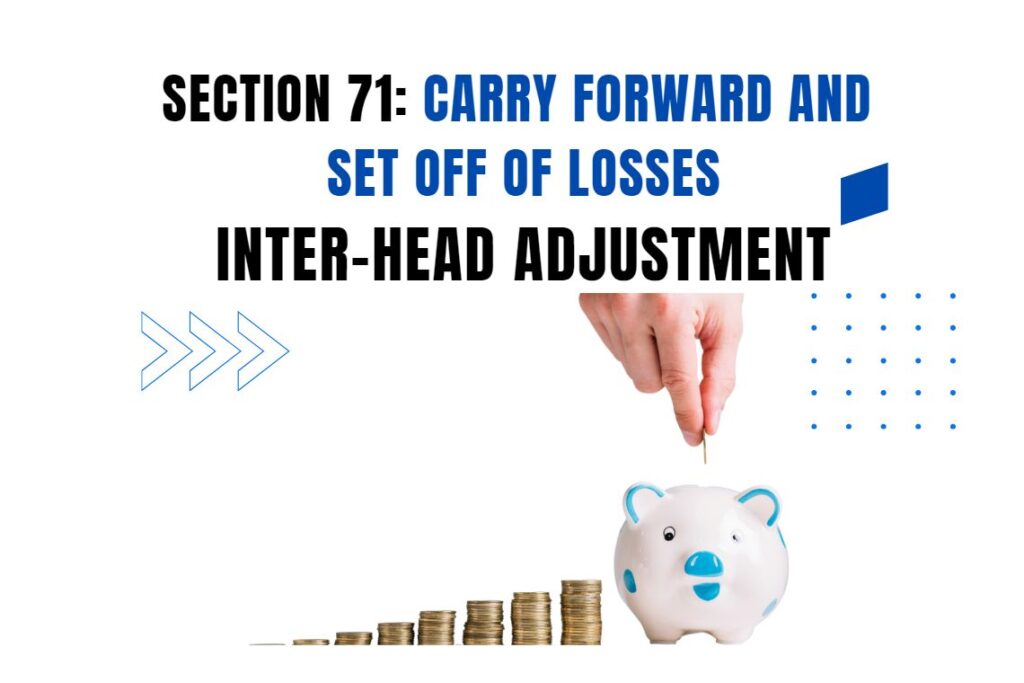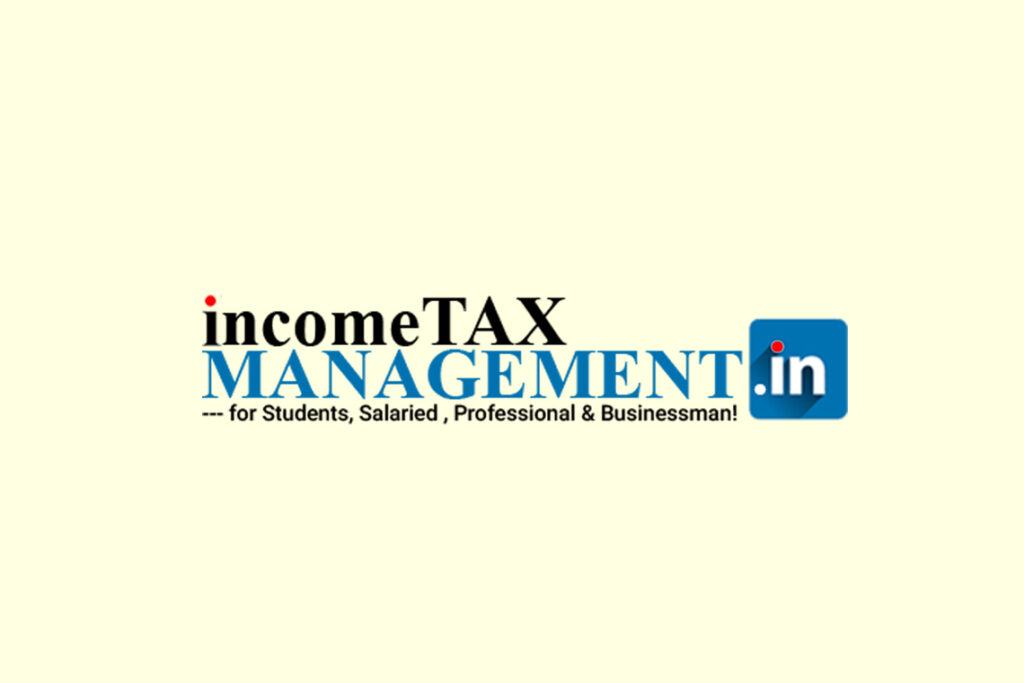Section 73A of the Income Tax Act, 1961, governs the treatment of losses incurred in specified businesses under Section 35AD. These rules are distinct from regular business loss provisions, with unique restrictions and benefits. Below is a detailed analysis:
1. Key Features of Section 73A
A. Applicability
- Applies onlyto losses from businesses classified as “specified businesses” under Section 35AD.
- Examples include:
- Cold chain facilities
- Warehousing for agricultural produce
- Hospitals (100+ beds)
- Hotels (2-star or above)
- Infrastructure projects.
B. Set-Off Rules
- Losses can only be set off against profits from other specified businesses.
- Not allowed: Set-off against non-specified business income or other heads (e.g., salary, capital gains).
- Example:
- Loss from solar panel manufacturing (specified business): ₹10 lakh
- Profit from wind farm (specified business): ₹5 lakh
- Net loss: ₹5 lakh (carried forward).
C. Carry Forward Provisions
| ASPECT | RULE |
| Time Limit | No restriction (can be carried forward indefinitely). |
| Filing Requirement | Return must be filed by the due date (Section 139(1)). |
| Business Continuity | Not required; losses can be set off even if the business is discontinued. |
2. Comparison with Regular Business Losses (Section 72)
| FEATURE | SPECIFIED BUSINESS (SECTION 73A) | REGULAR BUSINESS (SECTION 72) |
| Set-Off Against | Only other specified businesses | Any business income |
| Carry Forward Period | Unlimited | 8 years |
| Filing Deadline | Strict (due date) | Strict (due date) |
| Business Continuity | Not required | Not required |
3. Practical Implications
A. Tax Planning
- Losses from high-investment sectors (e.g., infrastructure) can be utilized over the long term.
- No time pressureto absorb losses within 8 years (unlike regular businesses).
B. Compliance
- Mandatory timely filing(due date: July 31/September 30 for audited cases).
- Audit requirement: Businesses under Section 35AD often require tax audits.
C. Restrictions
- No inter-head adjustment: Losses cannot reduce salary or capital gains income.
- No transferability: Losses remain with the original entity (cannot be transferred via amalgamation).
4. Recent Amendments
- Stricter filing compliance: Post-2023, late filings forfeit carry-forward rights.
- Anti-abuse measures: Prevents misuse of indefinite carry-forward for tax evasion.
5. Example Scenario
GreenTech Innovations:
- AY 2024-25: Loss from solar unit (specified business) = ₹15 lakh.
- AY 2025-26: Profit from wind farm (specified business) = ₹8 lakh.
- Set-off: ₹8 lakh → Taxable profit: ₹0.
- Carry forward: ₹7 lakh (can be used in any future year).
6. Key Takeaways
✅ No time limit for carry-forward (unlike 8 years for regular businesses).
✅ Strict filing deadline (miss = forfeit loss).
❌ No set-off against non-specified income.
⚠️ Audit compliance often required for Section 35AD businesses






